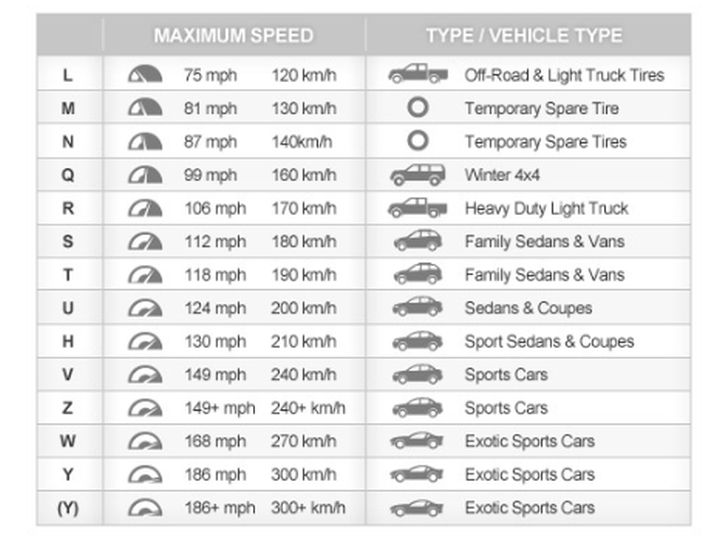EDMONTON – This is the time of year when many drivers will switch back to their summer tires, or be in the market for new tires. But do you know which letter, or tire speed rating, your tires should have, based on the vehicle you drive? It turns out, many consumers don’t.

“It’s a huge safety message,” said Alan Sidorov, a race car driver who also runs an advanced driving school. “There’s so little that’s known about tires, about cars, about driving. A lot of it is mythology, black magic, mumbo-jumbo.”
Tire speed ratings range from A to Y — Y being the highest. Speed ratings make a difference in a vehicle’s cornering ability, comfort, wear, and braking distance.
“Or more specifically, how well the tread stays stable under stress,” Sidorov explained. “To me, if a tire can stop my vehicle 15 metres faster from say, 100 kilometres an hour, that’s the tire I want.”
“It also affects the overall performance, even at regular consumer driving speeds,” added Mike Butcher, regional manager of Kal Tire.
If motorists choose a lower rated tire than what their vehicle should have, Butcher says they run the risk of the following:
- In critical situations, stopping distance increases
- Cornering is not as smooth and controlled
- Changes overall performance of the vehicle
Wednesday afternoon at Northlands, Sidorov put two sets of tires to the test. Two identical Mazda 6 cars were tested: one equipped with the recommended V rated tires, the other with a downgraded speed rating of S.
Both vehicles went through a test track, simulating everyday driving maneuvers including sudden lane changes and s-turns. Braking was also tested, at speeds of both 60 and 90 kilometres per hour.
At both speeds, the S rated tire took more time to stop and skidded a longer distance.
At 60 km/h:
- S tires skidded 13 metres
- V tires skidded 10 metres
At 90 km/h:
- Canadian man dies during Texas Ironman event. His widow wants answers as to why
- Several baby products have been recalled by Health Canada. Here’s the list
- ‘Sciatica was gone’: hospital performs robot-assisted spinal surgery in Canadian first
- Canadian food banks are on the brink: ‘This is not a sustainable situation’
- S tires skidded 32 metres
- V tires skidded 25 metres
Butcher says stopping distance is critical, and “might be the difference between getting in a bad collision, injuring somebody, or something.”
When it comes to buying new tires, Butcher says many consumers will simply look up the size of the tire their vehicle requires, “not realizing that every make or model of vehicle would also have a tire that would correspond with the appropriate speed rate.”
“The lower speed rated tires typically cost less than the right performance tire. And second to that is, those lower performance tires usually also have a higher tread wear on them. So when people are looking… ‘I get a longer wearing tire and a cheaper tire,’ versus getting the right tire with the right performance and safety for the vehicle.”
Tire experts say using incorrectly rated tires also causes the rubber to heat unevenly, which will compromise traction and increase the risk of a blowout.





Comments